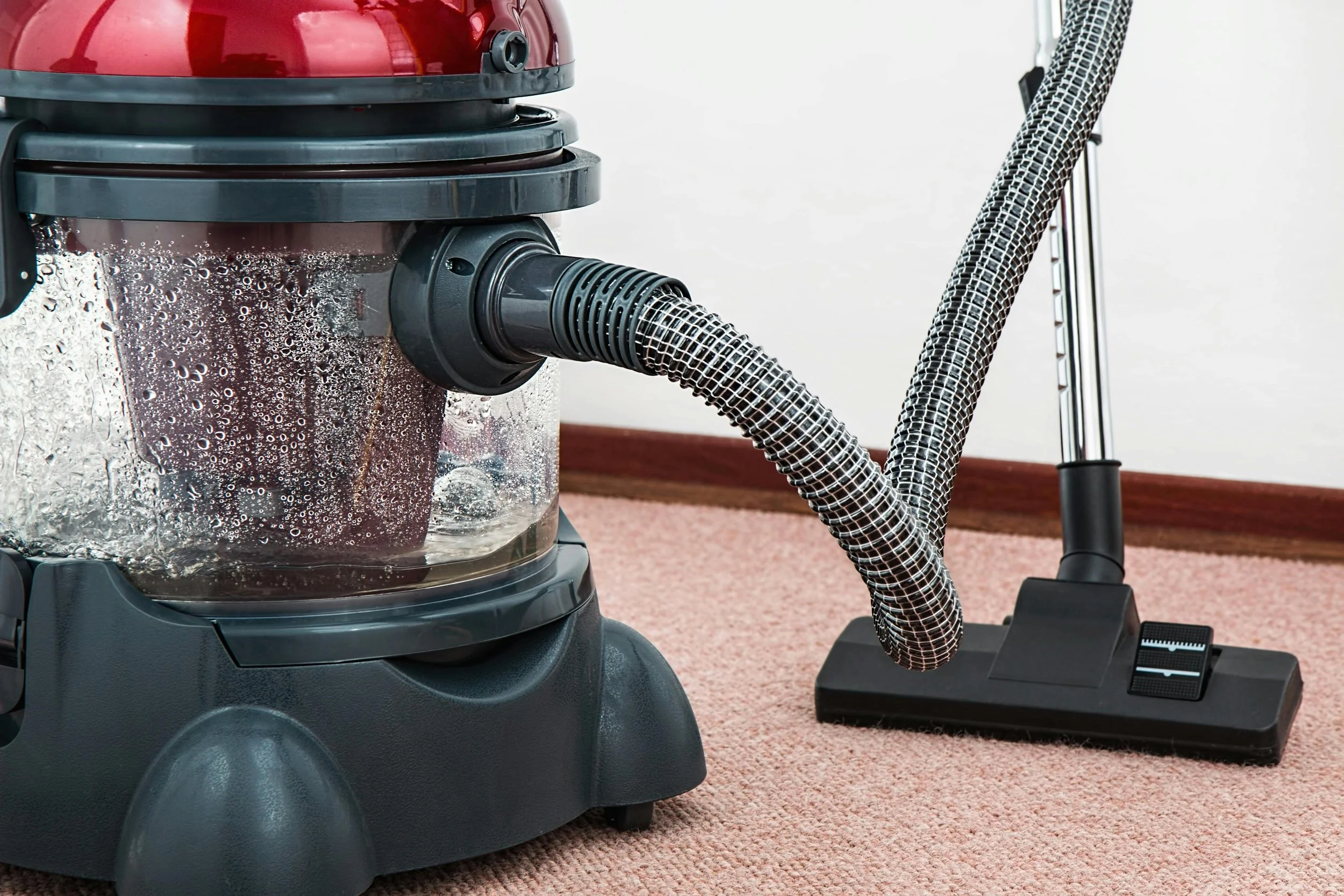The Ultimate Guide To Cleaning And Maintaining Leather Furniture
Leather furniture adds a touch of elegance and sophistication to any home. With proper care and maintenance, leather sofas, chairs, and ottomans can last for decades while retaining their beauty and comfort. This comprehensive guide will walk you through everything you need to know about cleaning and maintaining your leather furniture to keep it looking its best for years to come.
Understanding Leather Types
Before diving into cleaning methods, it's important to understand the different types of leather used in furniture:
Full-grain leather: The highest quality and most durable type, showing natural markings and imperfections.
Top-grain leather: Slightly lower quality than full-grain, with a more uniform appearance.
Split leather: Made from the lower layers of the hide, less durable but more affordable.
Bonded leather: Made from leather scraps mixed with other materials, least durable but most budget-friendly.
Faux leather: Synthetic material designed to mimic leather's appearance and feel.
Knowing your leather type will help you choose the most appropriate cleaning and maintenance methods.
Regular Maintenance
Proper maintenance is key to preserving the beauty and longevity of your leather furniture. Here are some essential maintenance tasks:
1. Dusting and Vacuuming
Frequency: Weekly
Method:
1. Use a soft, dry microfiber cloth to gently wipe down the leather surface.
2. For crevices and seams, use a vacuum cleaner with a soft brush attachment.
3. Be gentle to avoid scratching the leather.
2. Protecting from Sunlight and Heat
- Place leather furniture away from direct sunlight and heat sources.
- Use window treatments to filter harsh sunlight.
- Rotate cushions regularly to ensure even exposure.
3. Maintaining Humidity
- Use a humidifier in dry climates to prevent leather from drying out and cracking.
- In humid environments, use a dehumidifier to prevent mold growth.
4. Avoiding Damage
- Keep sharp objects away from leather surfaces.
- Place felt pads under decorative items to prevent scratches.
- Use coasters under drinks to avoid water stains.
Cleaning Methods
Regular cleaning is essential for maintaining the appearance and hygiene of your leather furniture. Here are various cleaning methods for different situations:
1. General Cleaning
Frequency: Monthly or as needed
Materials needed:
- Mild soap (like Dove or Ivory)
- Warm water
- Soft cloths
- Leather conditioner
Method:
1. Mix a few drops of mild soap with warm water.
2. Dampen a soft cloth with the solution, ensuring it's not soaking wet.
3. Gently wipe down the leather surface, paying extra attention to high-use areas.
4. Use a separate damp cloth with clean water to remove soap residue.
5. Dry thoroughly with a clean, soft cloth.
6. Apply a leather conditioner following the product instructions.
2. Spot Cleaning
For water-based stains:
1. Blot the stain immediately with a clean, dry cloth.
2. If the stain persists, use a slightly damp cloth with a mild soap solution.
3. Gently dab the stain, working from the outside in.
4. Dry thoroughly and condition the area.
For oil-based stains:
1. Blot excess oil with a clean, dry cloth.
2. Sprinkle cornstarch or baking soda on the stain and let it sit for a few hours.
3. Vacuum the powder and assess the stain.
4. If needed, repeat or use a leather cleaner designed for oil stains.
3. Deep Cleaning
Frequency: Annually or as needed
Method:
1. Use a commercial leather cleaner appropriate for your leather type.
2. Test the cleaner on an inconspicuous area first.
3. Apply the cleaner according to the product instructions.
4. Wipe clean with a damp cloth and dry thoroughly.
5. Apply a leather conditioner to restore moisture.
Conditioning Leather
Conditioning is crucial for keeping leather soft, supple, and resistant to cracking:
Frequency: Every 6-12 months, or more often in dry climates
Materials needed:
- Leather conditioner
- Soft cloth
Method:
1. Choose a conditioner appropriate for your leather type.
2. Test on an inconspicuous area first.
3. Apply a small amount of conditioner to a soft cloth.
4. Gently work the conditioner into the leather using circular motions.
5. Pay extra attention to high-wear areas and seams.
6. Allow the conditioner to absorb for the time specified on the product.
7. Buff with a clean, dry cloth to remove any excess.
Dealing with Common Issues
1. Scratches
- For minor scratches:
1. Gently buff the area with a soft cloth.
2. Apply leather conditioner to help blend the scratch.
- For deeper scratches:
1. Use a leather repair kit matching your leather color.
2. Follow the kit instructions carefully.
2. Fading
- Prevent fading by keeping furniture out of direct sunlight.
- For already faded leather:
1. Clean the surface thoroughly.
2. Apply a leather dye or pigment designed for your leather type.
3. Follow with a leather conditioner.
3. Cracking
- Prevention is key – regular conditioning helps prevent cracking.
- For minor cracks:
1. Clean the area thoroughly.
2. Apply a leather filler matching your leather color.
3. Once dry, apply leather conditioner.
4. Mold and Mildew
1. Move the furniture to a dry, well-ventilated area.
2. Vacuum the surface to remove loose mold spores.
3. Mix equal parts water and rubbing alcohol.
4. Dampen a cloth with the solution and gently wipe the affected areas.
5. Dry thoroughly with a clean cloth.
6. Apply a leather conditioner once completely dry.
Professional Cleaning and Repair
While many leather care tasks can be done at home, some situations call for professional help:
When to consider professional cleaning:
- Deep, set-in stains
- Extensive mold or mildew growth
- Overall dullness or discoloration that home methods can't address
When to seek professional repair:
- Large tears or holes
- Significant color loss
- Extensive cracking or peeling
Professional leather specialists have the expertise and specialized products to address these more serious issues effectively.
Tips for Specific Leather Types
Aniline leather: Extremely susceptible to staining. Use specialized aniline leather cleaners and conditioners.
Nubuck and suede: Avoid water-based cleaning methods. Use a suede brush and specialized cleaners.
Pigmented leather: Most durable and easiest to clean. Can withstand most gentle cleaning methods mentioned above.
Eco-Friendly Cleaning Options
For those preferring natural cleaning solutions:
Vinegar solution: Mix equal parts water and white vinegar for a natural cleaner. Test in an inconspicuous area first.
Olive oil conditioner: A small amount of olive oil can be used as a natural conditioner for some leather types. Use sparingly and test first.
Lemon juice and cream of tartar: Mix equal parts to create a natural paste for cleaning light-colored leather. Always test first.
Preventive Measures
- Use leather protector sprays to create a barrier against stains and spills.
- Place throws or slipcovers on high-use areas to prevent wear and tear.
- Educate family members and guests on proper care of leather furniture.
Leather furniture is an investment that can provide years of comfort and style with proper care. Regular cleaning, prompt attention to spills and stains, and consistent conditioning are key to maintaining the beauty and durability of your leather pieces. By following this comprehensive guide, you can ensure that your leather furniture remains a cherished part of your home for many years to come.
Remember, when in doubt about a cleaning method or facing a particularly challenging issue, it's always best to consult with a professional leather care specialist. With the right care and attention, your leather furniture will continue to be a source of pride and comfort in your home.














